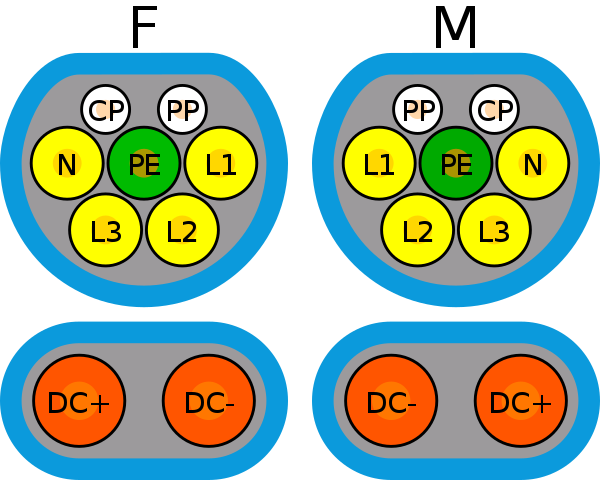MT03A Milliohm & Motor Tester
Introducing the MT03A Milliohm & Motor Tester
Pico Technology has launched the MT03A Milliohm & Motor Tester. The MT03A is a remarkable device that combines precise hardware measurements with user-friendly software to produce faster and more accurate results than other methods.
With this equipment, all windings on a 3-phase motor can be tested for resistance in less than a minute, and the built-in sensor allows for automatic temperature compensation. As a result, the MT03A is suitable for use by technicians and engineers across a variety of industries, including automotive, industrial, marine, rail, mining, heavy equipment, access machines, and renewable energy.
With its earth-bond testing in compliance with UN ECE R100 regulations and a minimum test current of 200 mA, the MT03A has widespread applications, including fuel pumps, air-conditioning motors, regeneration pumps, blower motors, camshaft controls, EGR valves, turbo actuators, and more.
Running Time 1 min 26 sec
An Introduction to PicoScope Future Vehicle (EV) Diagnostics
In this feature-length introduction to PicoScope Future Vehicle (EV) testing, we are joined by our friends at HEVRA to show you, the user, just how important PicoScope is going to be in diagnosing faults and testing future vehicle components.
- 00:00 Jon introduces the main kit components
- 04:29 Ben discusses CAT ratings and what they mean
- 06:19 Jon continues discussing EV accessories
- 07:46 Learning a new language — EV vehicle components
- 10:53 Live Test Demos on EV Systems
- 11:34 0 V Potential (EV Safety Procedures)
- 17:04 Charger Vehicle Communication (Type 2)
- 28:10 3-Phase Motor Current
- 32:46 Motor Resolver Test Overview
- 39:10 EV Guided Tests in PicoScope 7 Overview
- 39:48 Case Study Audi Q7 (Charging Problem)
- 49:42 Introduction to HEVRA (UK Specific Information)
- 52:40 Case Study Renault Zoe (NVH in EV Vehicles)
- 1:00:33 Conclusion
Running Time 1 hr 3 min 18 sec
PicoScope EV Testing and the Milli Ohm Motor Tester
Steve Smith introduces the MT03A Milli-Ohm and Electric Motor Tester. This remarkable tool allows you to measure extremely low resistance and to test motors. Steve takes us through concepts and testing a motor from a Toyota Hybrid Vehicle.
A multimeter is useful above 1 ohm. The milliohm meter works for resistance below 1 ohm.
Having found the problem, Steve also performs an insulation test using the Pico Insulation Tester — enjoy the fireworks!
Running Time 26 min 46 sec
Toyota Hybrid Motor Testing Continued
A new YouTube Video. Steve performs a quick balance test on the Toyota Hybrid Motor. He then tests the resistance of a bus-bar and shows the effect of loosening a connecting bolt, even slightly.
I * R = V. At 100 A, an increase of 10 milliohms produces a 1 V drop. Think of the effect at 800 A, a reasonable starter motor current. The voltage drop would be 8 V, enough to prevent most vehicles from starting! Also, consider the power that would be dissipated. V * I = P, 1 V * 800 A = 800 W, enough to produce lots of heat at the connection.
PicoScope EV Diagnostics - Renault Zoe Type 2 charging error

Is it a car or charger fault? Steve Smith investigates a charging error on a Renault Zoe. The Charger-vehicle proximity line resistance (Type 2) Guided Test is consulted. Again, various techniques are discussed, including using a resistance lead, a differential probe, safety considerations and how to manually test and engage the lock pin.
Steve also found and discussed a charger anomaly in that it emitted a PWM signal even though it was not connected to the vehicle.
Terminology:
CP means Control Pilot which provides bidirectional communications between the electric vehicle
and the charging system. This checks the maximum amount of current that the EV is able to take at any one
time.
PP means Proximity Pilot, which tells the charging equipment what type of cable is connected to
the socket. Different cable thicknesses can carry different amounts of electrical current.
When to use the 2-Pole Voltage Detector
Steve Smith discusses common errors when using a multimeter. You could inadvertently mis-configure your multimeter and think the system is safe.
Steve shows us why the Two-pole Voltage detector is such a handy tool to make sure that you have safe conditions when you work on high-voltage systems.




